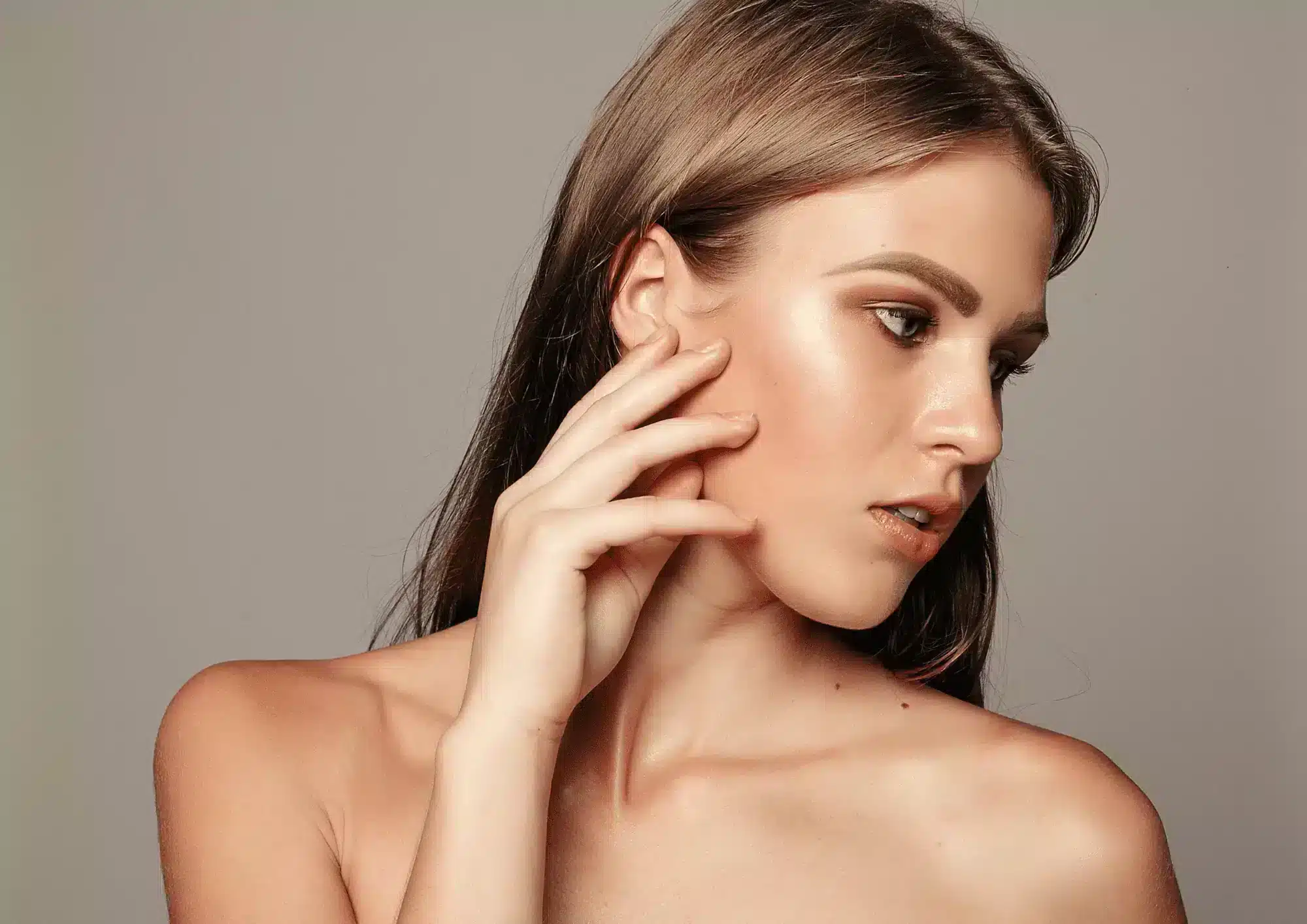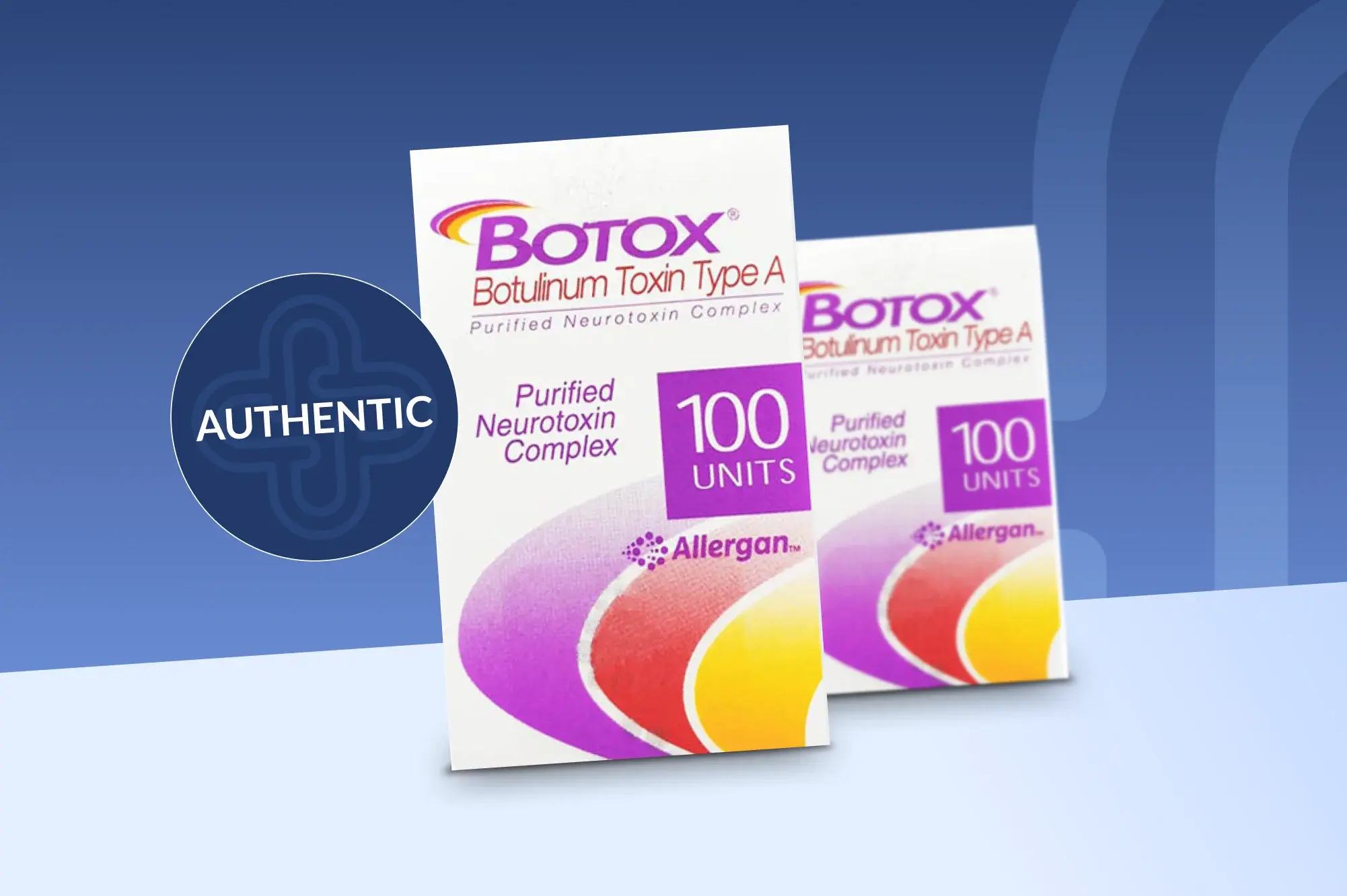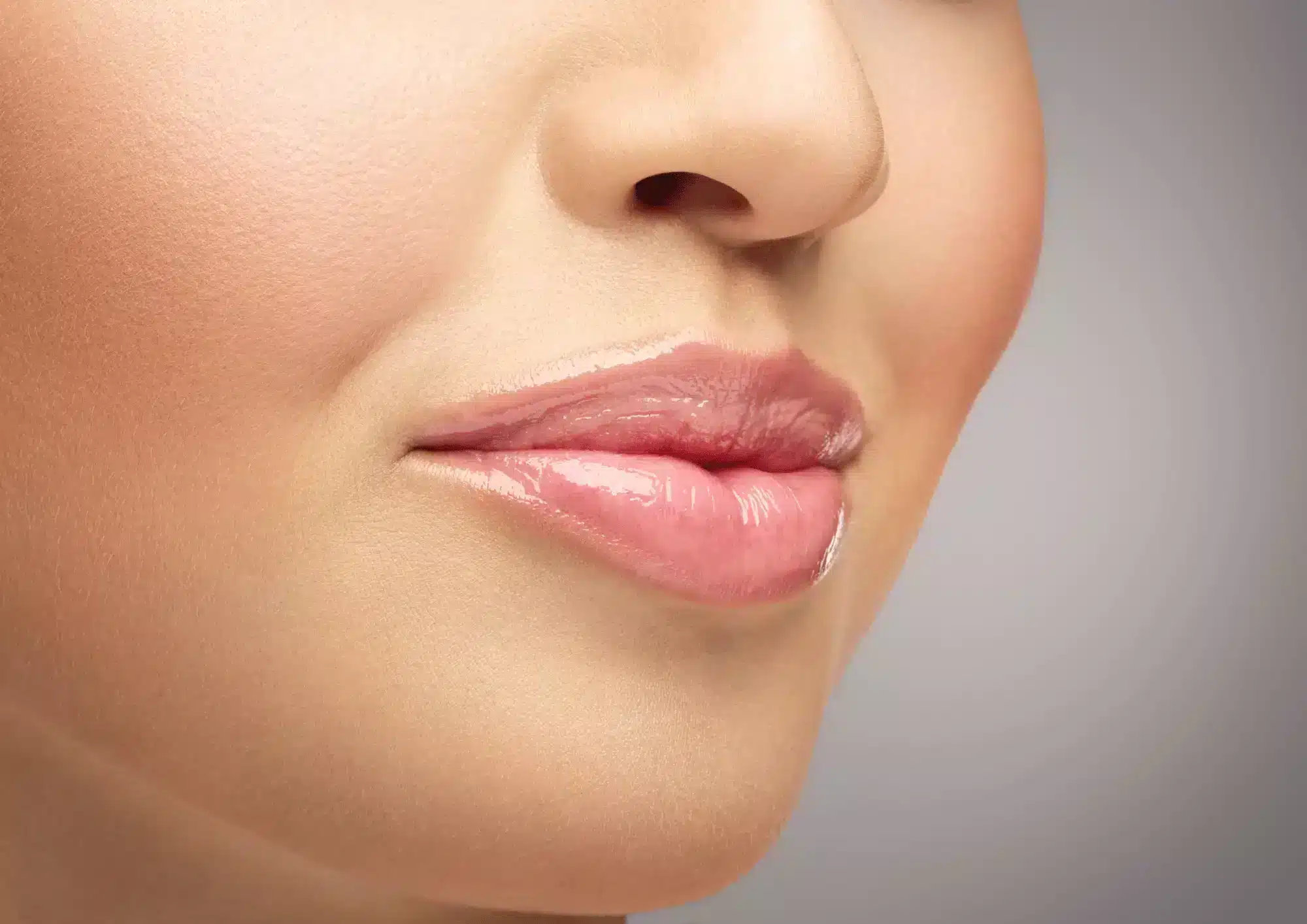Clinical aesthetics has faced a paradigm shift in how it approaches treatment of the aging face. Where before, aesthetic practitioners tended towards a two-dimensional model of treatment in which fillers were viewed and treated in isolation, advances in our understanding of facial anatomy and how it is affected by the aging process has resulted in a trend towards facial rejuvenating techniques that involve volume and shape replenishment. With the focus now on using volume and shape to restore youthful proportions, balance, and symmetry, there has been a massive surge in the development and use of injectable dermal fillers for anti-aging treatment.
Why do doctors use Radiesse?
Characterizing dermal fillers can be done by roughly diving them into two classes, based on their mode of action: those for volume replacement (where the majority of hyaluronic acid-based fillers lie), or for collagen biostimulation. Based on this classification, fillers made of calcium hydroxylapatite (marketed as Radiesse) are unique as they fulfill both criteria. Furthermore, Radiesse-made filler is unique as a collagen biostimulator because it is also resorbable, unlike other biostimulator-acting fillers. Calcium hydroxylapatite is a natural component of human skin and bones. In the United States, Radiesse is indicated for treatment of the face and hands.
The wrinkles that appear with age are a result of the loss of collagen, volume, and elasticity in the skin. Radiesse counteracts these consequences of aging by not only filling skin, but also replacing lost collagen at the site of implantation. When implanted into the skin, the filler has in immediate corrective effect through the replenishment of volume loss. However, its benefits do not end there: its calcium hydroxylapatite particles also act as a scaffold upon which fibroblasts can deposit new collagen. With this, although the filler is metabolized over time, its aesthetic effects remain evident.3 Due to these prolonged effects, Radiesse has a much longer duration of results when compared to hyaluronic acid dermal fillers. Taking all of this into account, it can be said that Radiesse possesses many of the properties of the ideal facial filler.
When to consider Radiesse
When a patient is thinking about undergoing dermal filler treatment, one key factor that they will take into consideration is the longevity of the results, as these will have a real financial cost to them. Ideally, the patient would want to undergo as few touchup or repeat treatments as is necessary, both for convenience and for cost-effectiveness. To that end, Radiesse is a more preferable option when compared with hyaluronic acid dermal fillers, because of its extended effects.
How long does Radiesse last?
There are many factors that contribute to the longevity of Radiesse. As such, the duration of results will vary from patient to patient. 1 element that contributes to the longevity of Radiesse is its physical characteristics. As the dermal filler with the highest G’ (measure of elasticity) on the market and one of the highest viscosities, Radiesse does not migrate into the surrounding tissue and does not deform under pressure, thus giving results that last longer than most of the other leading dermal fillers. As discussed above, the added benefit of neocollagenesis stimulation also extends the effects seen with Radiesse treatment. As well, the area being treated is an important factor in the determination of product longevity, as are factors intrinsic to the patient like metabolism, age, lifestyle habits, and skin type. When Radiesse is used in the hands, the typical duration of results is 6 months or longer. While this is significantly shorter than the expected 12-month duration of Radiesse’s facial results, this period of time is much longer than that afforded by other tissue augmenting agents, including analogous fat, collagen, and hyaluronic acid, which last for less than three months.
The duration of effect of Radiesse has been studied extensively in numerous clinical trials. In a study evaluating the use of Radiesse for treating facial lipoatrophy secondary to human immunodeficiency virus disease, all of the 100 subjects treated were showed improvement that last throughout 12 months, and 91% of patients still saw results at 18 months. This translated to high patient satisfaction with Radiesse treatment. Based on the evidence accumulated from these studies, it can be said that for the majority of patients, results are slated to last up to one year and beyond. In another clinical study involving 117 patients, 78.6% of the patients (about 91 of the 117 patients) showed improvement in their facial wrinkles and folds 6 months after Radiesse treatment, while 35 of these patients continued to show improvement for at least 30 months and up to 39 months after their last injection. Another clinical study assessed the longevity of Radiesse in facial regions like the lips, nose, face, glabellar lines, and infraorbital region, and found that most of the effects derived from the first Radiesse treatment remained unchanged all the way through the 18-month follow-up period.
Radiesse has effects that last longer than many other dermal fillers, and has emerged as a versatile, safe and efficacious treatment suitable for a substantial number of aesthetic indications.









